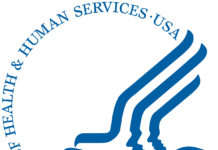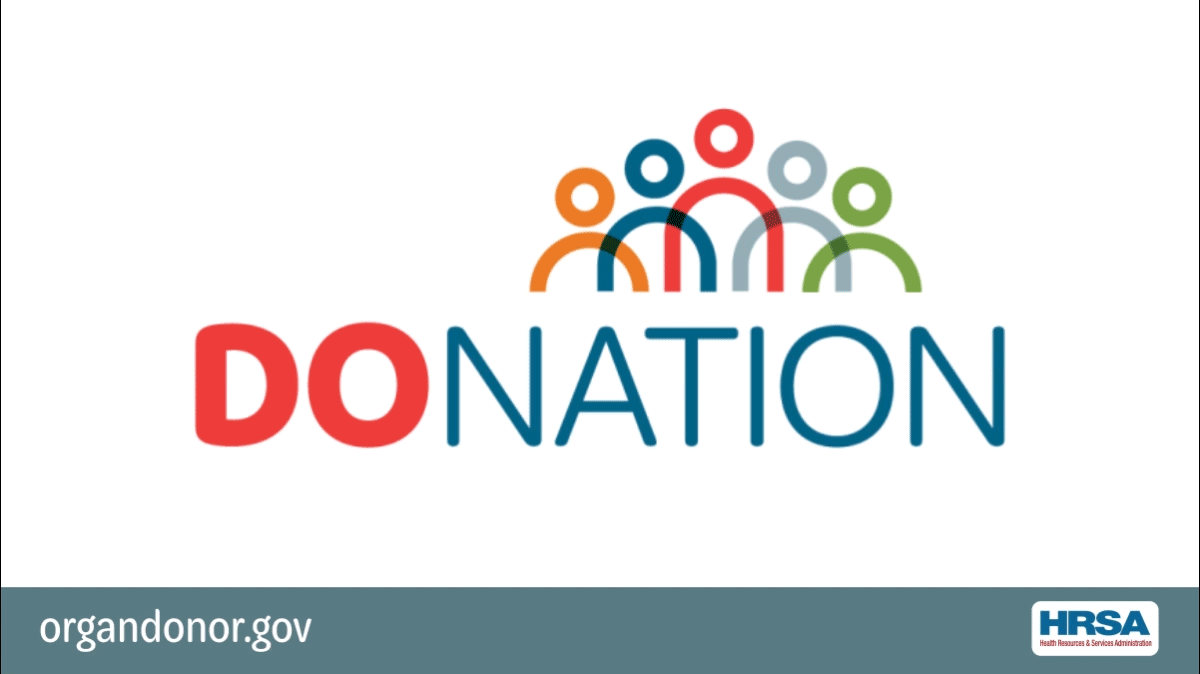The U.S. Department of Justice (DOJ) has issued new guidance including sample questions the agency uses when evaluating the effectiveness of corporate compliance programs.
In February, the DOJ’s fraud section issued new corporate compliance guidance titled “Evaluation of Corporate Compliance Programs.” The compliance program guidance is intended to provide more transparency about the use of so-called “Filip Factors” — 10 factors used by federal prosecutors in assessing charges with respect to compliance lapses. The guidance is also particularly useful for gauging the compliance expectations of federal regulators.
The guidance is divided into 11 sections:
- Analysis and Remediation of Underlying Conduct
- Senior and Middle Management
- Autonomy and Resources
- Policies and Procedures
- Risk Assessment
- Training and Communications
- Confidential Reporting and Investigation
- Incentives and Disciplinary Measures
- Continuous Improvement, Periodic Testing and Review
- Third Party Management
- Mergers & Acquisitions
It focuses specifically on ensuring that organizations:
- Develop and implement policies, procedures and systems designed to prevent compliance lapses in the first instance, but also to detect them when they do occur
- Afford the compliance function the proper financial support and prominence within the organization that it needs to be effective
- Tailor their compliance program to the particular operating characteristics of the organization
- Address third-party risks







